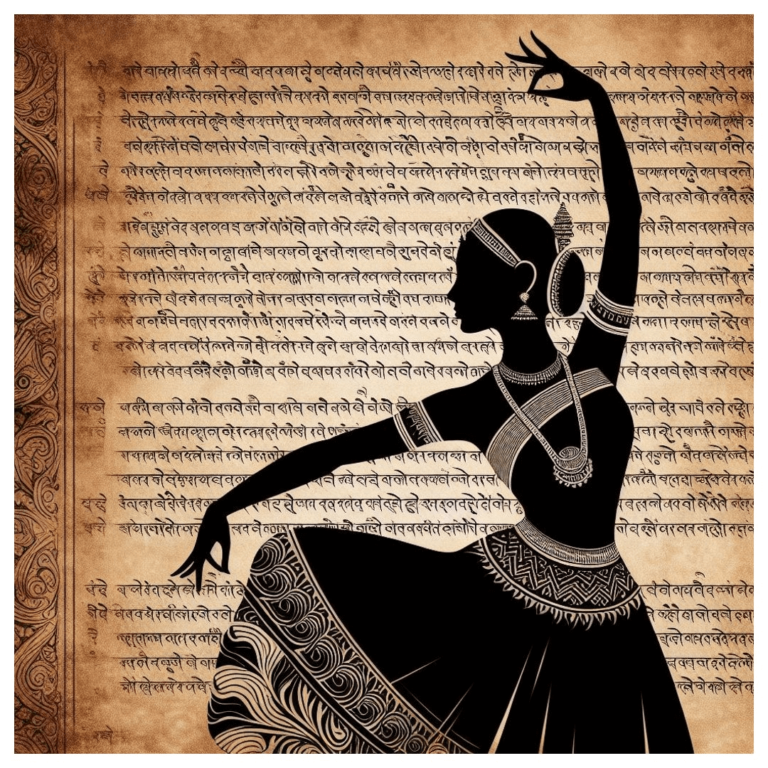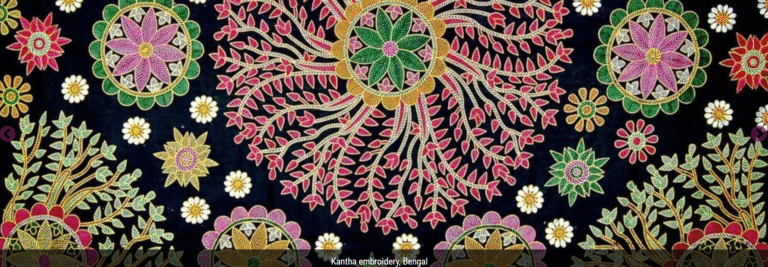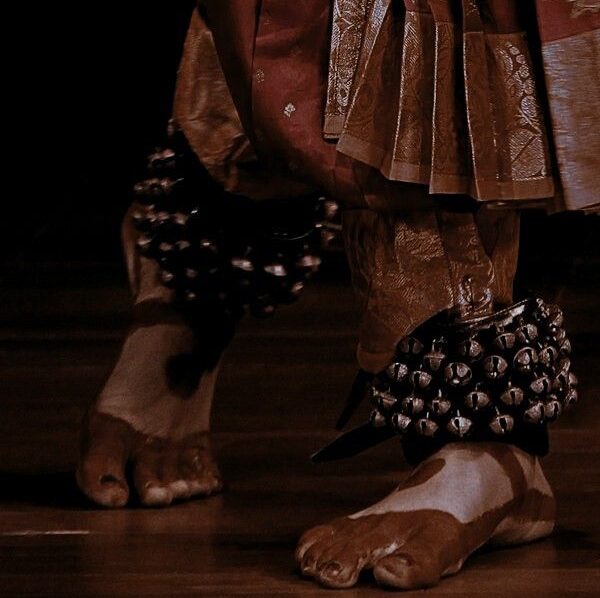
A practitioner of any classical art form will almost always face judgement for making money off of their art. This said judgement often overlooks the fact that classical art forms have been paid or at the very least rewarded throughout most of history.
Classical art forms are at their very core a sadhana. Sadhana literally means discipline, a consistent effort or consistent practice to attain the end goal. This term however is frequently misunderstood or used as a banner under which organizations and corporations freely expect classical artists to practice their art form without monetary returns.
To practice or to perform any shastriya kala in places of worship as seva or service, or for a specific social cause is ‘a’ purpose of these art forms. It is not the ‘only’ purpose. Artists should not be shamed for practicing either of them.
Starving Artist Stereotype
I think the ‘starving artist’ stereotype was made by the very minds who refuse to pay for the showcase of this sadhana. You starve the artist and then wonder why art is not a money making field. You selfishly expect selflessness from artists who have nothing but their art to support themselves. Medicine, law, engineering, politics all of them are service jobs but they are paid. And rightly so!
Professionals are called professionals when they are paid their dues for their service. To make a stage program successful you need a stage, stage lights, photographers, videographers, sound professionals, stage help etc. All these roles are carried out for monetary benefits. However, we should be ashamed at how frequently the artist who sets foot on this very stage is often not paid. They are expected to be doing it “for fun” and “for free”.
I have seen countless senior artists, legends, maestros of their fields asked to perform without a single penny in return, not even remuneration. Artists who have spent their whole lives perfecting their craft, making quiet revolutions in their fields are asked to work for free.
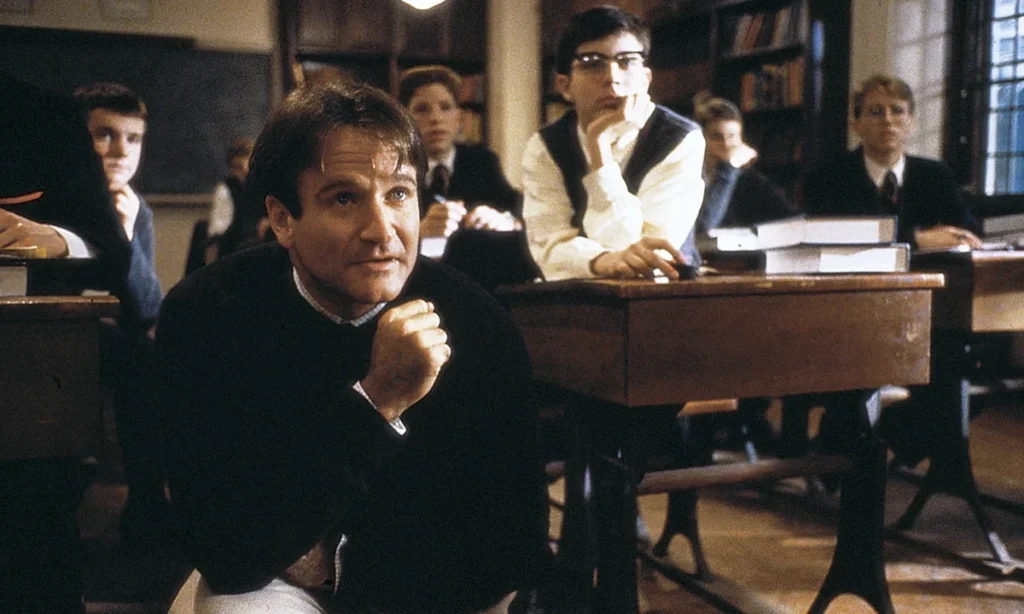
There is a famous line from the film ‘dead poets society’ that always hits home, “Medicine, law, business, engineering, these are noble pursuits and necessary to sustain life. But poetry, beauty, romance, love, these are what we stay alive for.”
— John Keating, Dead Poets Society (1989 Film)
The period from 2020 to 2022 was a scary arc and an era of uncertainty. In these trying times artists’ work was affected the most and yet we all turned to art when the world as we knew it ceased to exist. Such a funny little paradox. People started making things, making art, trying to find the meaning in the mundane and yet today when you invite an artist to perform you ask them if they can do it for free. How is that fair? How is that sensible? What are we trying to achieve?
The cultural paradox of ‘art as devotion’ and ‘art as profession’ is highly misunderstood. I, as an artist, perfect and practice my craft everyday consistently because I am ‘devoted’ to it. I cannot live without it. But when I am asked to perform this practiced craft for someone, it also becomes my profession and that gives me the right to earn from it.
What is even more unfortunate is that overnight social media sensations, influencers, and digital content creators are looked at as respectable professionals (as they should) but classical artists practicing for many years are not.
Why do we divide and classify artists? Who decides who gets paid and whose art is just devotion?
I do not want to leave any room for misunderstanding. I am not saying that art offered as seva or an offering is wrong. It is valid. It is absolutely correct. But so is art performed on a stage for the audience.
It is quite simple really, if you as organisers are a) making money from a certain showcase, b) paying all other professionals working towards making it a success, then, it should be your moral duty to also pay your artist. You must pay for their efforts. That is the bottomline.
An artist is not offered bread, butter, clothes or medicines for free just because they are artists. All essential and inherent needs of any human being today are not tossed around “for fun” and “for free”. It takes money to survive and yes, all artists do need to survive.
How else are they supposed to devote their lives to it?
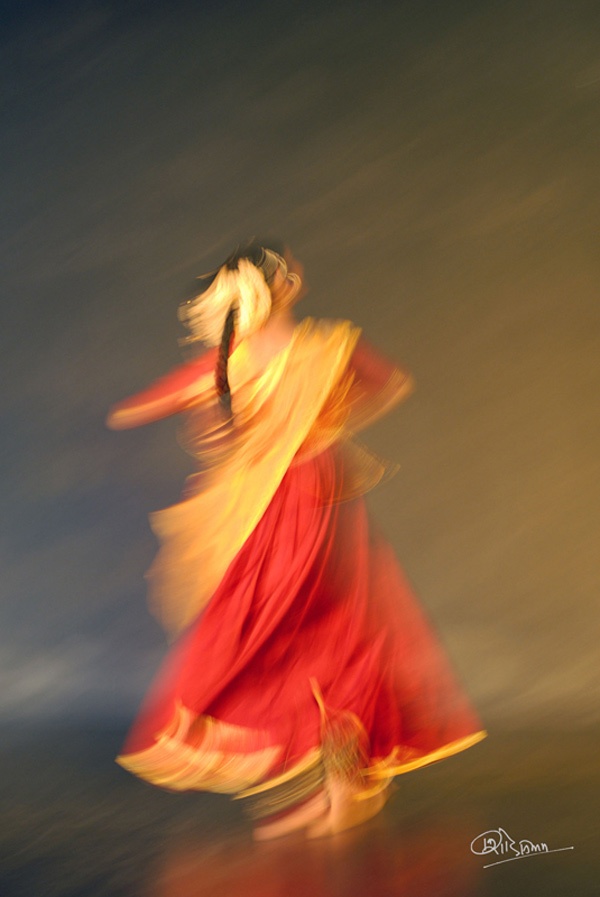
Such wanton shaming stems from the belief that monetization “pollutes” the purity of sadhana turning the sacred into the transactional. But why can’t it be both? Doctors can practice medicine for free specifically for those who cannot pay but also charge fees for their services to patients who can pay. Similarly, why can’t classical artists do the same? And why does the typical notion exist that monetizing is an act of impurity?
Teaching is also a valued profession. But when teaching a classical art form? It is not seen as more than a hobby class or a side quest. “Commercialization” is considered a dirty word. Any attempt to market, brand, or scale classical art is labeled as “commercialization,” which is seen as inherently inferior to the society’s expectation of devotional art.
Audiences often feel entitled to receive free art because it’s part of the national heritage or sanskriti. People will pay premium prices for western concerts or commercial films, but balk at paying for a classical performance, arguing that the artist should be doing it for “the culture.”
Modern classical artists are often solo entrepreneurs. Their fee must cover not just their performance, but their practice space, instruments, travel, costumes and marketing. The “shaming” often ignores the massive overhead and operational costs of maintaining a professional career in the arts today.
In conclusion, financial success is not a threat to classical arts’ purity; it is the only way to ensure its survival, preservation, and continued evolution in the modern age. The sooner we as audiences, as organizers and as professionals understand this, the better it will be for the field of classical arts.

